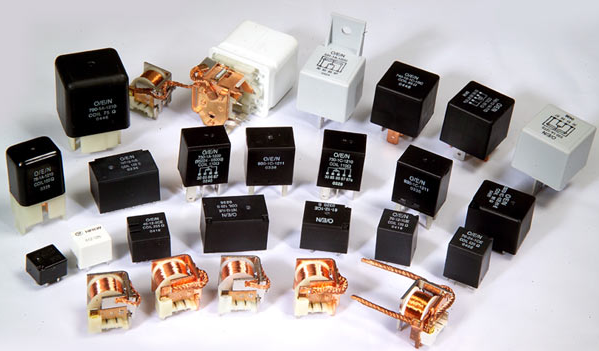
Electronics are ubiquitous. We use them in our homes, workplaces and everywhere else we go. But how do electronic relays work? In this blog post, we will answer that question and more. From transistors to switches, we will explore the different parts of an electronic relay and learn about the technologies that make them possible. We will also look at some of the common applications for electronic relays, from industrial automation to medical devices. So if you want to know how electronics work, read on!
What are Electronic Relays?
Electronic relays are electronic devices that use power and electromagnetic fields to transfer information. The relay works by switching electric currents on and off rapidly, which can send a signal over long distances.
Electronics are used in a variety of applications, including manufacturing, telecommunications, and computing. They are also used in medical devices to send medical signals over long distances.
How Do Electronic Relays Work?
Electronic relays are devices that are used to control the flow of electricity. They work by switching the flow of electricity between two points. Electronic relays usually have a number of switches that can be set to different positions. This allows them to switch the flow of electricity in one direction or another.
Relays are used in a variety of different applications. Some common uses for electronic relays include industrial automation, medical devices, and communication systems.
What are the Uses of Electronic Relays?
Electronic relays are devices that use electricity to switch electric currents. Electronic relays are used in a variety of applications, including telecommunications, control systems, and industrial automation.
Electronic relays use a physical contact switch to make the current flow through it. When power is applied to the relay, electrical energy causes the contact switches to close. This creates an electric current that flows through the relay and out of its contacts. The current can be controlled by changing the amount of power that is applied to the relay.
Electronic relays are often found in telecommunications systems because they can transfer large amounts of data quickly. They are also used in industrial automation applications because they can switch large amounts of power without causing damage.
How Do Electronic Relays Affect Electrical Systems?
Electronic relays are electrical devices that help to manage electrical systems. They are used in factories, schools, and homes, among other places. Electronic relays work by switching the flow of electricity from one circuit to another. This can be useful when one circuit is overloaded or when there is a power outage.
Electronic relays can also help to manage the flow of electricity through electrical systems. This can be useful when there is a lot of power flowing through a certain part of an electrical system, or when you want to limit the amount of electricity flowing through a certain part of an electrical system.
How Do Electronic Relays Impact Transportation Systems?
Electronic relays are devices that are used in transportation systems to switch the flow of traffic. When a driver presses the accelerator pedal, the electronic relay opens and allows more fuel into the engine. This increases the torque put on the steering wheel, which in turn causes the car to move forward.
The Electronic Control Unit (ECU) in a modern car is designed with an electronic relay to handle these simple tasks. When you depress the brake pedal, for example, your ECU sends a signal to your electronic relay telling it to cut off the flow of fuel to your engine. The same thing happens when you reach your destination and release the brake pedal – your ECU sends a signal to your electronic relay telling it to start supplying fuel again.
Without relays, cars would have to be stopped completely at intersections or toll booths before they could be turned around. With electronic relays, traffic can move freely while drivers complete their transactions.
How to clean electronic relays?
Electronic relays usually work by switching currents on and off. When you flip the switch, it sends a current down one of the wires in the relay. The wire that gets the current most strongly is the one that “wires up” (gets more voltage). This wire tells the relay which current to send to the next wire.
If you’re trying to clean an electronic relay, start by removing any electrical tape or labels. You’ll also want to take apart the relay if possible so that you can get at all of its parts. If it’s not possible to take it apart, then you’ll need to remove all of its wires.
Once you’ve got all of the pieces, it’s time to clean them. You can use a mild soap and water solution or an anti-static spray like an electro-cleaner. Make sure thoroughly rinse everything off afterward!
What do electronic relays do?
Electronic relays are devices that use an electric current to switch a current of another type. They are used in places where it is difficult or impossible to change the direction of the electric current, such as in large transformers.
The electric current that flows through the relay is switched by moving a metal arm between two contacts. The current flow through the relay is then reversed by moving the arm back to its original position.
Conclusion
Electronic relays are an important part of electrical wiring and engineering. They allow for communication between two or more devices, and they play a vital role in helping to control the flow of electricity. Electric relays work by converting electric signals into mechanical ones, which then allow them to be sent through the wire.





 2022-12-12
2022-12-12 


